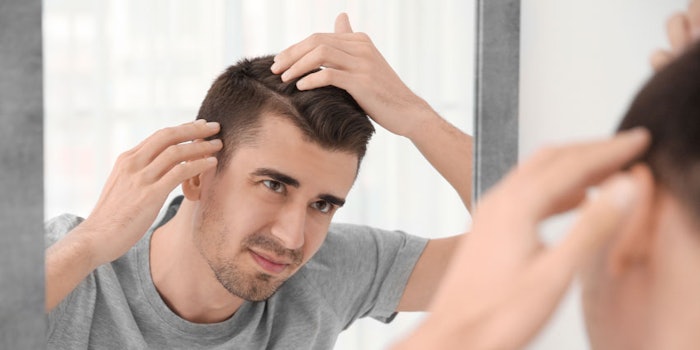
A novel patent from AmorePacific describes a composition for preventing hair loss and promoting hair growth based on extracellular follicles derived from lactic acid bacteria.
According to the patent disclosure, most animal cells secrete extracellular vesicles of various sizes and compositions. These are found in all biological fluids, including blood, urine, saliva and cultured medium of cell cultures.
Said vesicles reflect the state of the cells (donor cells) from which they are secreted and exhibit biological activities depending on the cells from which they are secreted. These play an important role in cell-to-cell interactions, as they transfer genetic materials and proteins between cells.
Lactic Acid Bacteria
Lactic acid bacteria, which reportedly are representative beneficial bacteria for humans, produce organic acids such as lactic acid or acetic acid by degrading sugars such as glucose or lactose. Limited research has been carried out on the use of extracellular vesicles derived from these entities. The present disclosure explores these vesicles for preventing hair loss or promoting hair growth.
The Literature
Composition for preventing hair loss or promoting hair growth comprising extracellular follicle derived from lactic acid bacteria
U.S. Pat 10765623
Publication date: Sept. 8, 2020
Assignee: AmorePacific Corp.
The present disclosure provides for a hair care composition for preventing hair loss or promoting hair growth that contains lactic acid bacteria-derived extracellular vesicles as the active ingredient. In addition, it describes a method comprising administering an effective amount of extracellular vesicles isolated from lactic acid bacteria to a subject in need thereof, wherein the lactic acid bacterium is of the genus Lactobacillus and wherein the extracellular vesicles are administered at a concentration of 0.1-100 μg/mL.
Said extracellular vesicles reportedly prevent the loss of hair from the scalp and the thinning of hair. They have also been found to promote new hair growth and to delay the anagen to catagen transition in the hair growth cycle.
Patent accessed on Sept. 8, 2020.










